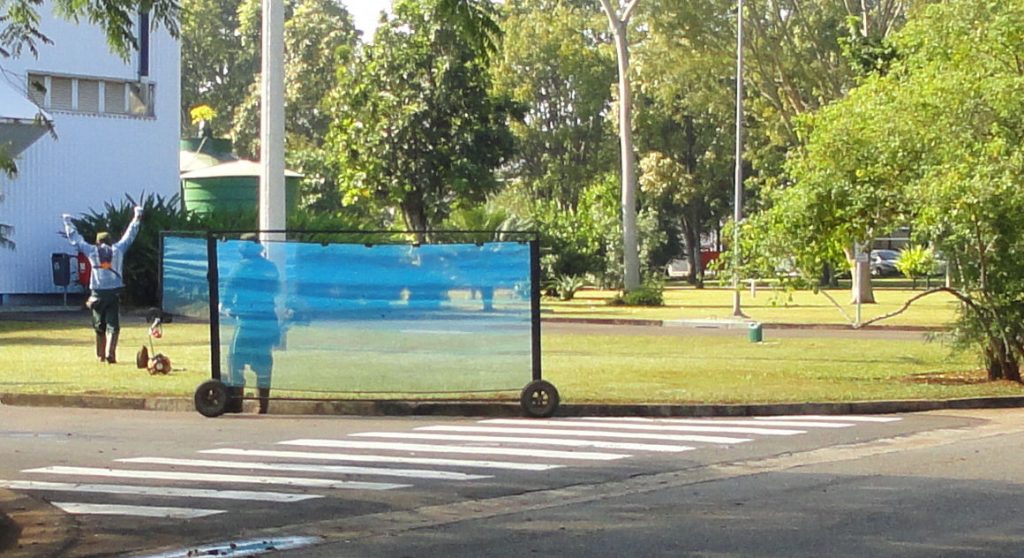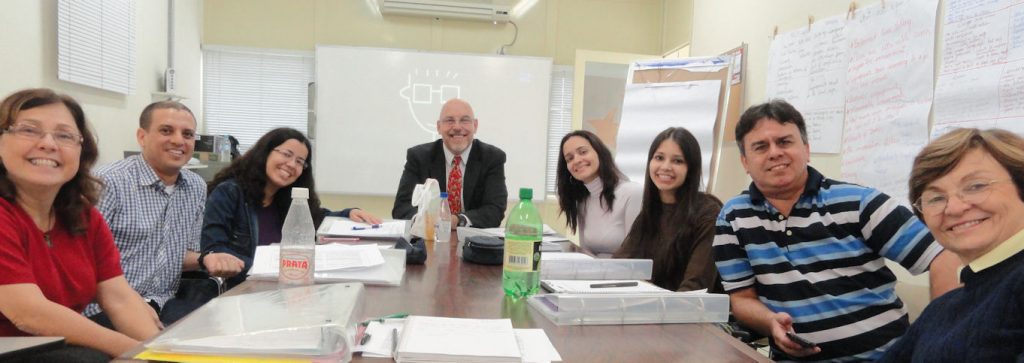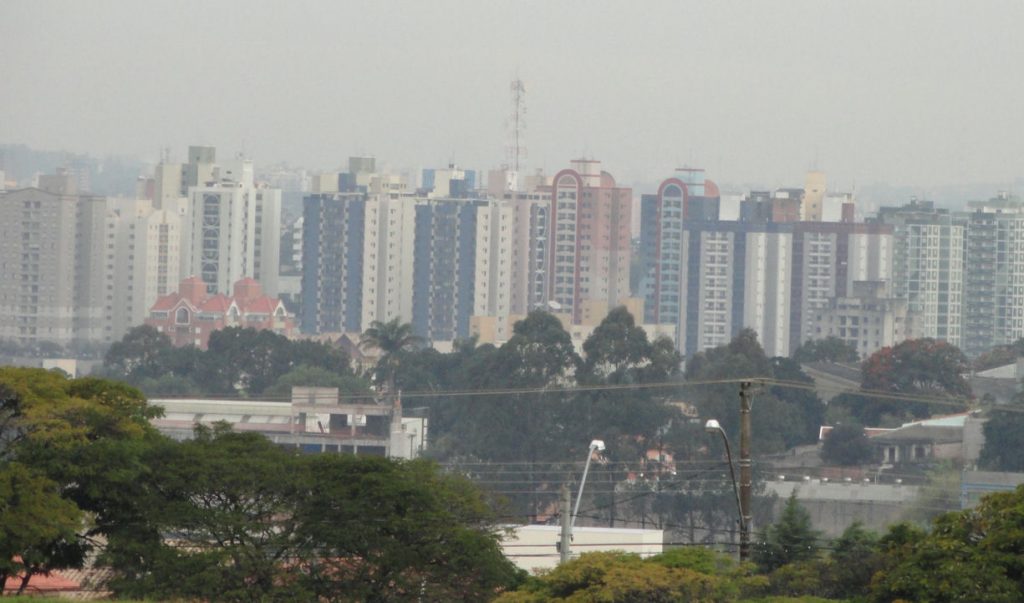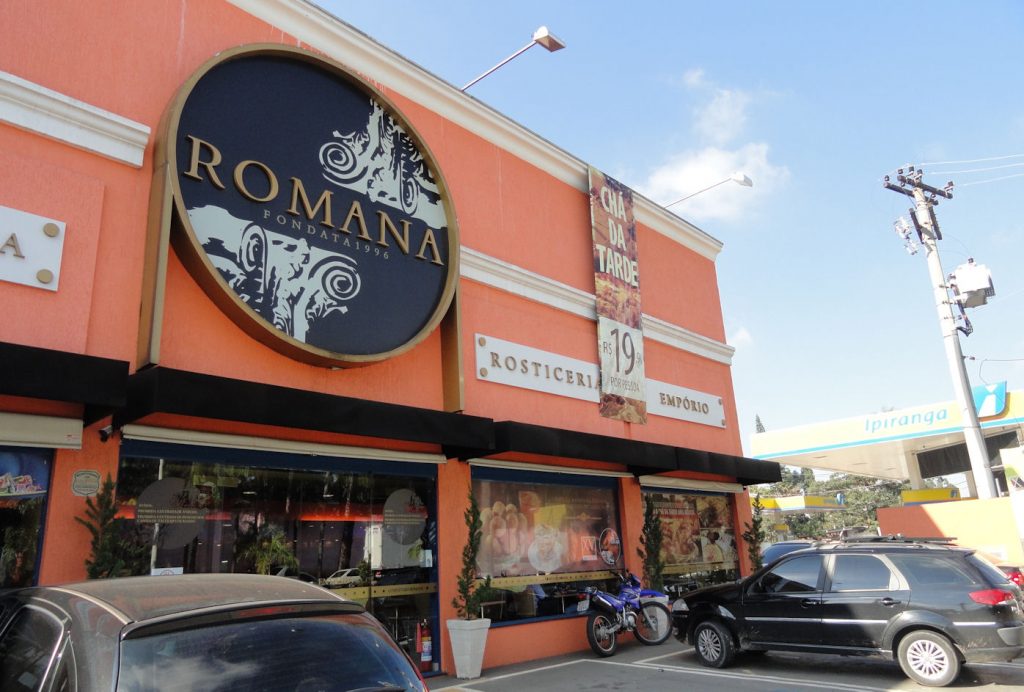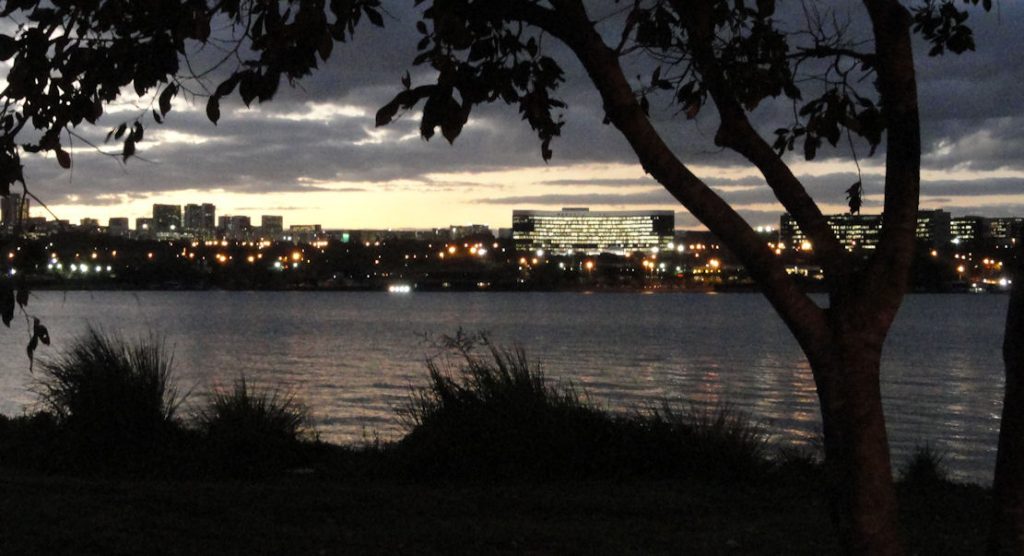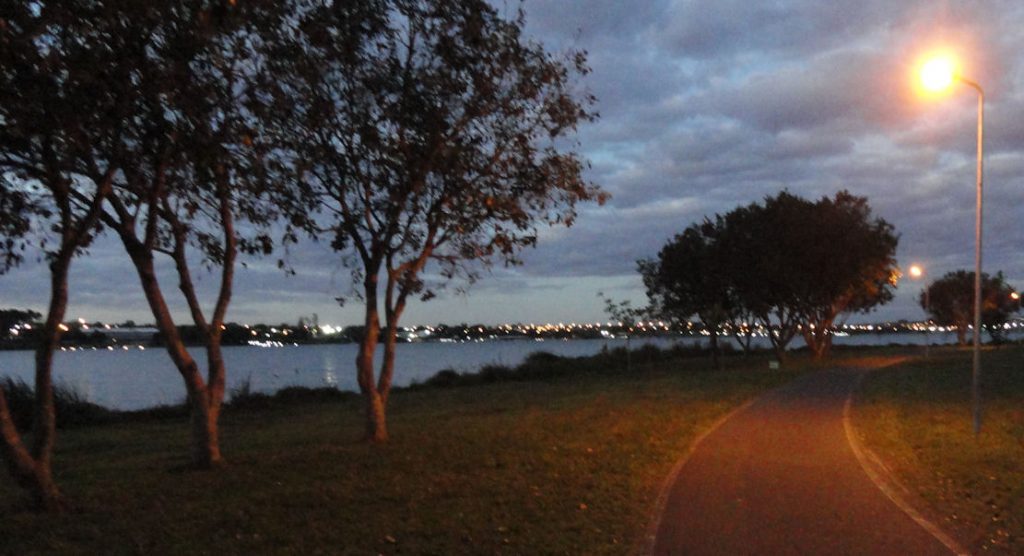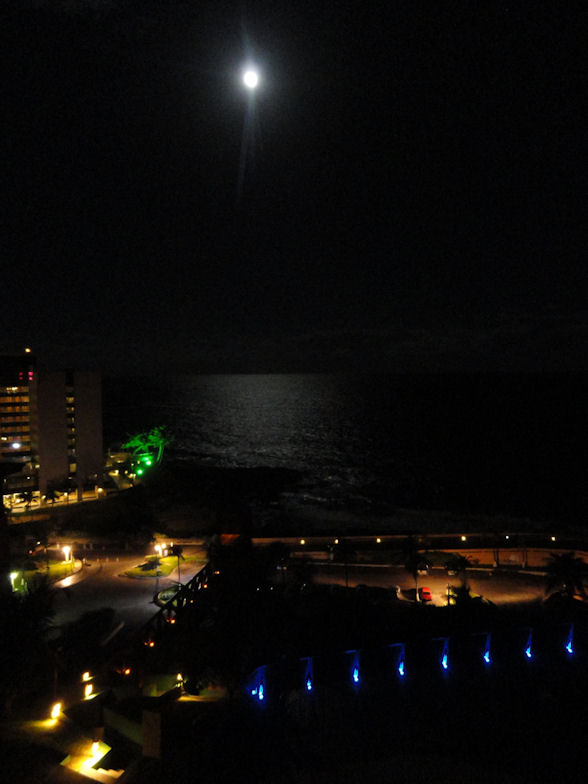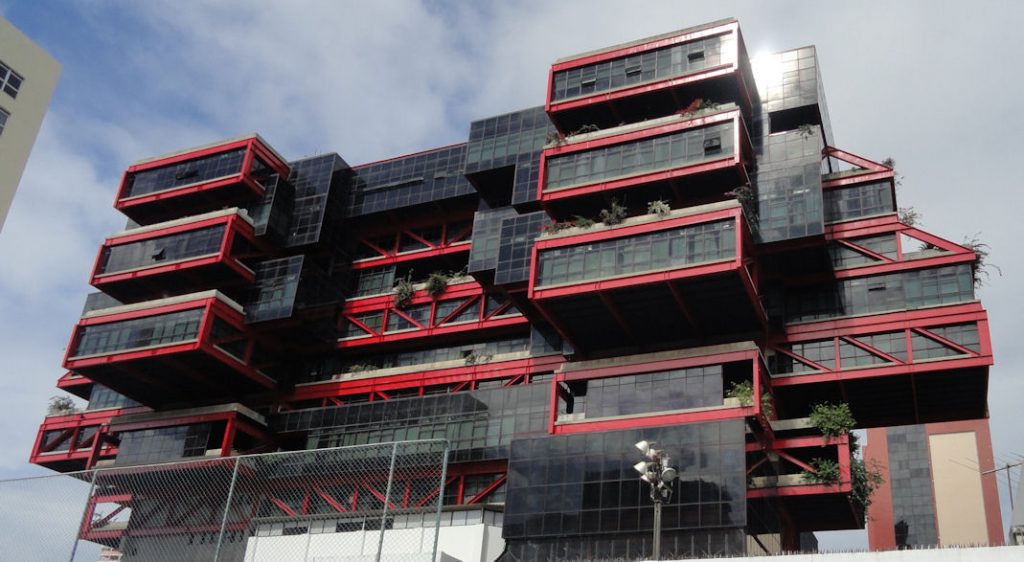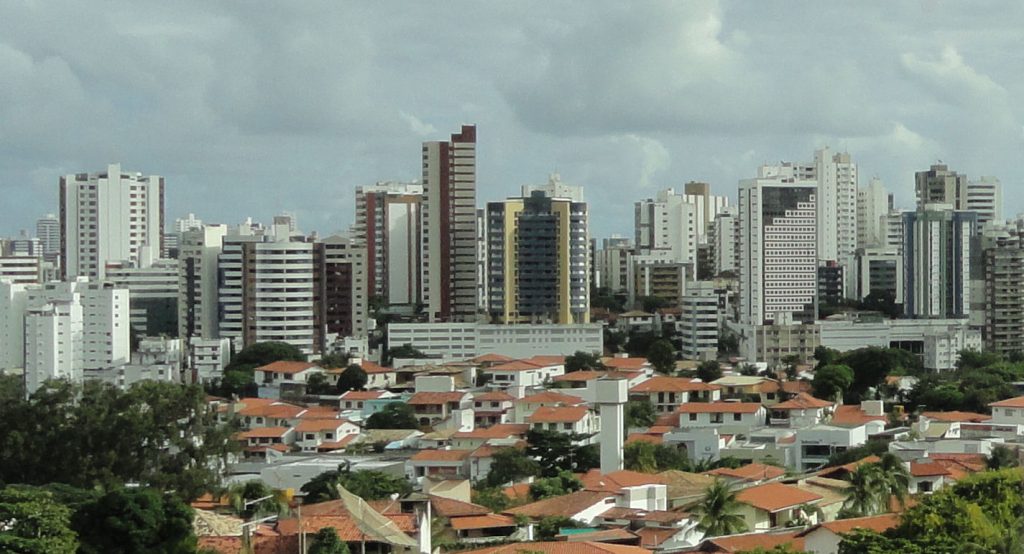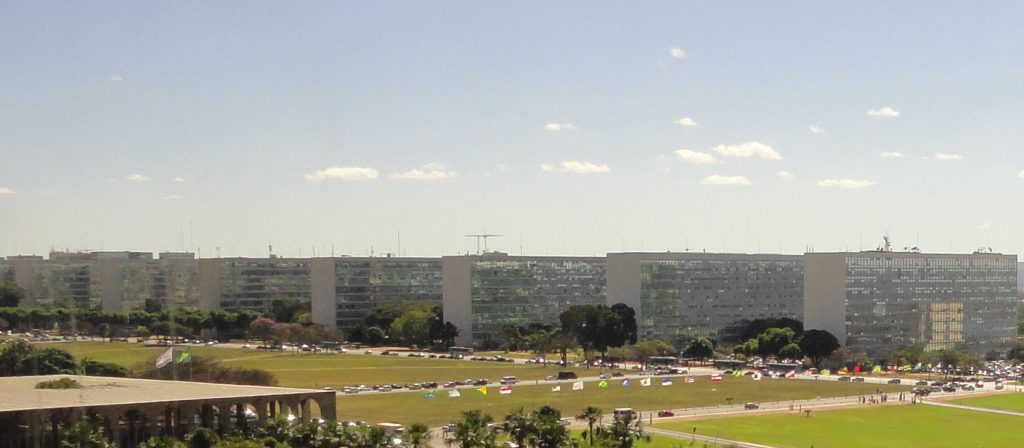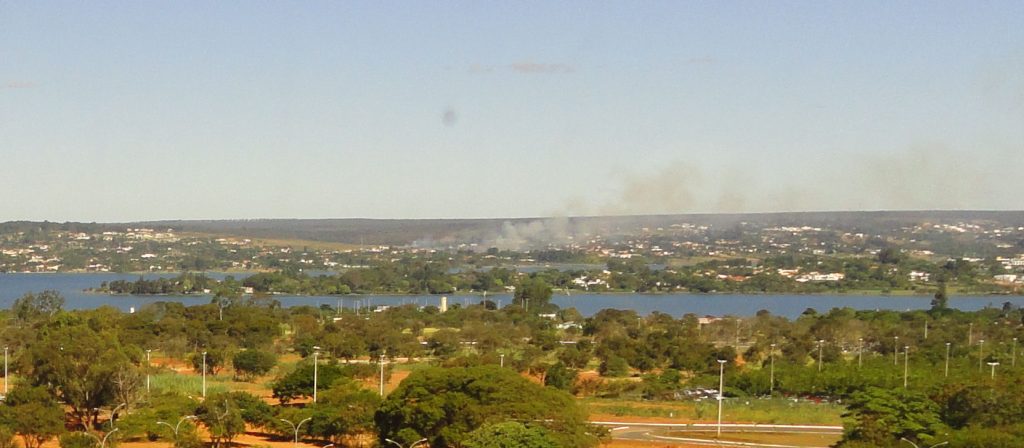Brazilian Federal institutes of science and technology are in some ways like American community colleges, in other ways have a mission similar to American land grant colleges and in many ways are completely Brazilian. They are already part of the Science w/o Borders program and a potentially a source of great partners in English teaching, science and community college exchanges.
In Portuguese they are called Instituto Federal de Educação, Ciência e Tecnologia (IFECT). The network was an initiative of former president Lula, established in 2008. At that time there were thirty-eight. There are now 354 and the goal is to add another 208 by the end of Dilma’s term. Rapid expansion was possible because most of the “new” institutions are former technical schools put into the new program.
The network reflects the schools on which it was based and the quality of schools is inconsistent. But they are ubiquitous and share a few characteristics. All are funded by the Federal government, they are present in all the states plus the Federal district and they are all tuition free. The goal in creating the network of IFECTs was to make education and technical training more easily accessible to underserved populations and to help create a workforce adapted to the needs of modern Brazil.
Like an American community college, course offering vary depending on the perceived need of the location. In a place like rural Goiás there would be courses in plant biology or animal husbandry that you might not find in central São Paulo. Enrollment is mostly open, but particular courses might require special qualifications and/or limit enrollment to those most suited to the study or most in need. IFECTs resemble American land grant colleges in their mission to develop useful arts and sciences and work within the needs of the community. Ideally, the IFECTs will bridge the gap between academic research and practical applications, as with the land grant universities original mission, making the whole state their laboratory and classroom.
A related program is O Programa Nacional de Acesso ao Ensino Técnico e Emprego (Pronatec), signed into law by President Dilma in October 2011. This will work through the IFECTs – but also in cooperation with SENAI and SENAC, to bring mostly technical education to underserved Brazilians. The goal is to enroll 8 million Brazilian by 2014. They also are implementing distance learning courses. They currently offer more than 400 courses.
For courses not offered in public systems, qualified students can get to help to pay for private options, Fundo de Financiamento Estudantil (FIES) which gives students loans at subsidized interest rates below inflation, i.e. negative real rates. The loans can be used to pay for studies at private institutions approved by MEC or those tied to Sistemas Nacionais de Aprendizagem (the “S” system: SENAC, SESC, SENAI, SESI, SENAT, SEST) . There is also a scholarship program called Bolsa-Formação, with a strong emphasis on helping students who would not otherwise be able to attend training and a special program to encourage women called Mulheres Mil.
An inclusive and well-funded system like this may help Brazil achieve its workforce goals. I have worked with IFECTs on several occasions but not yet visited one; they are now on my list of must see places.





